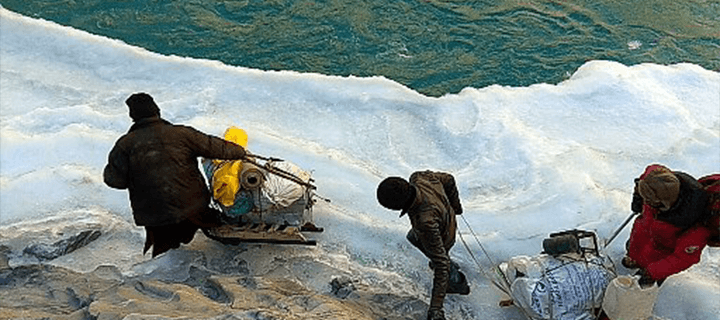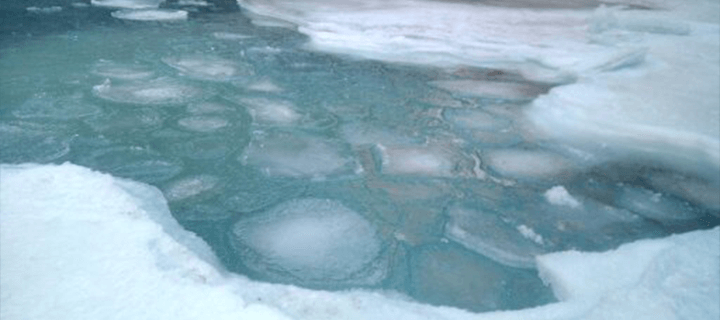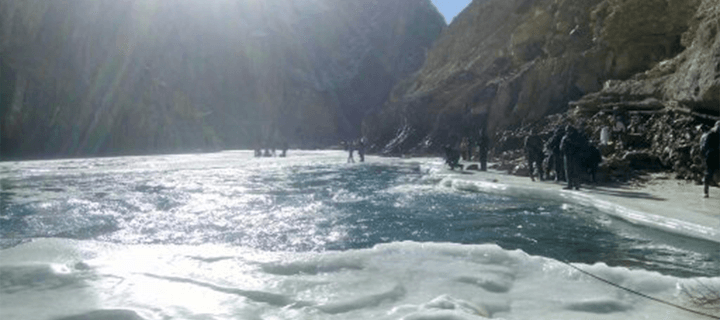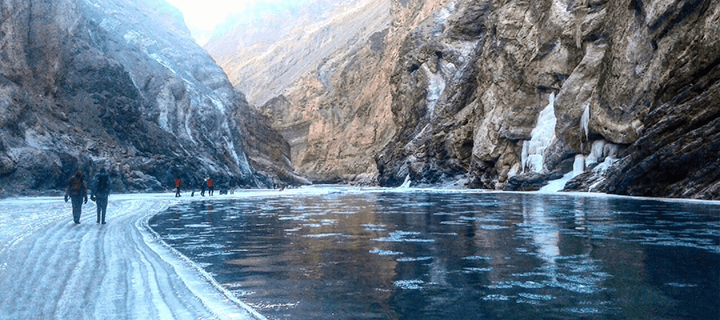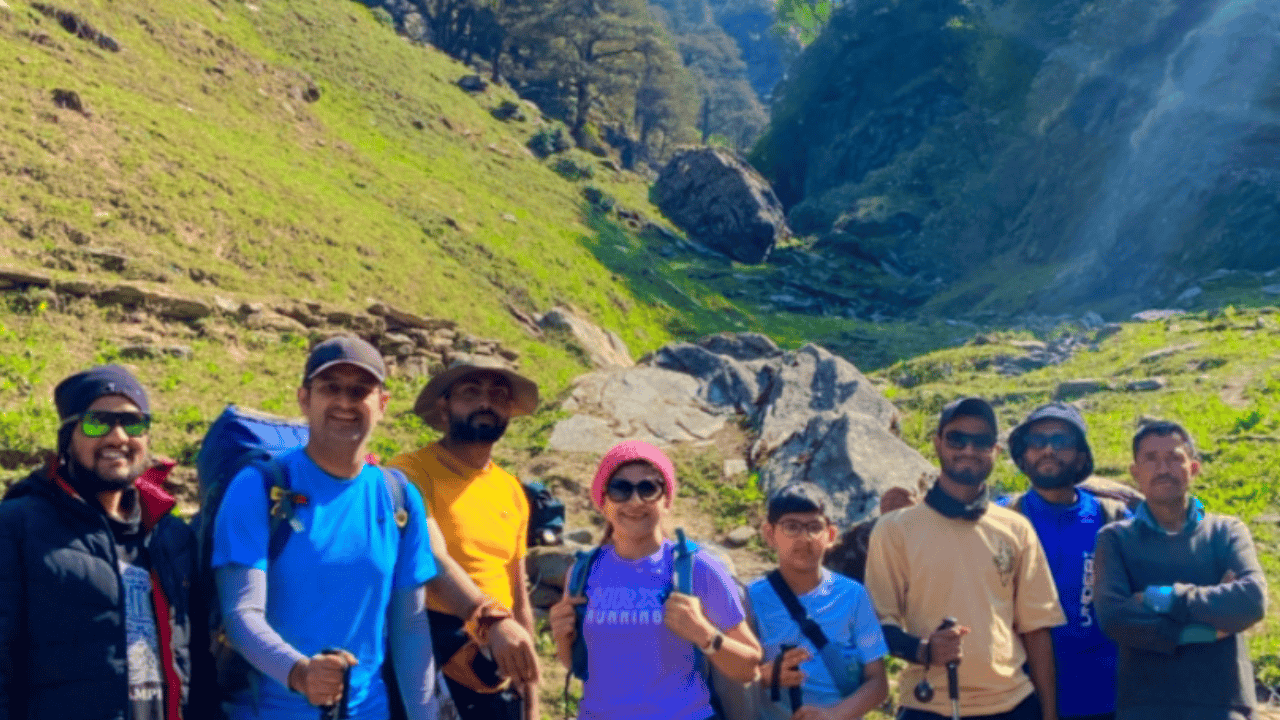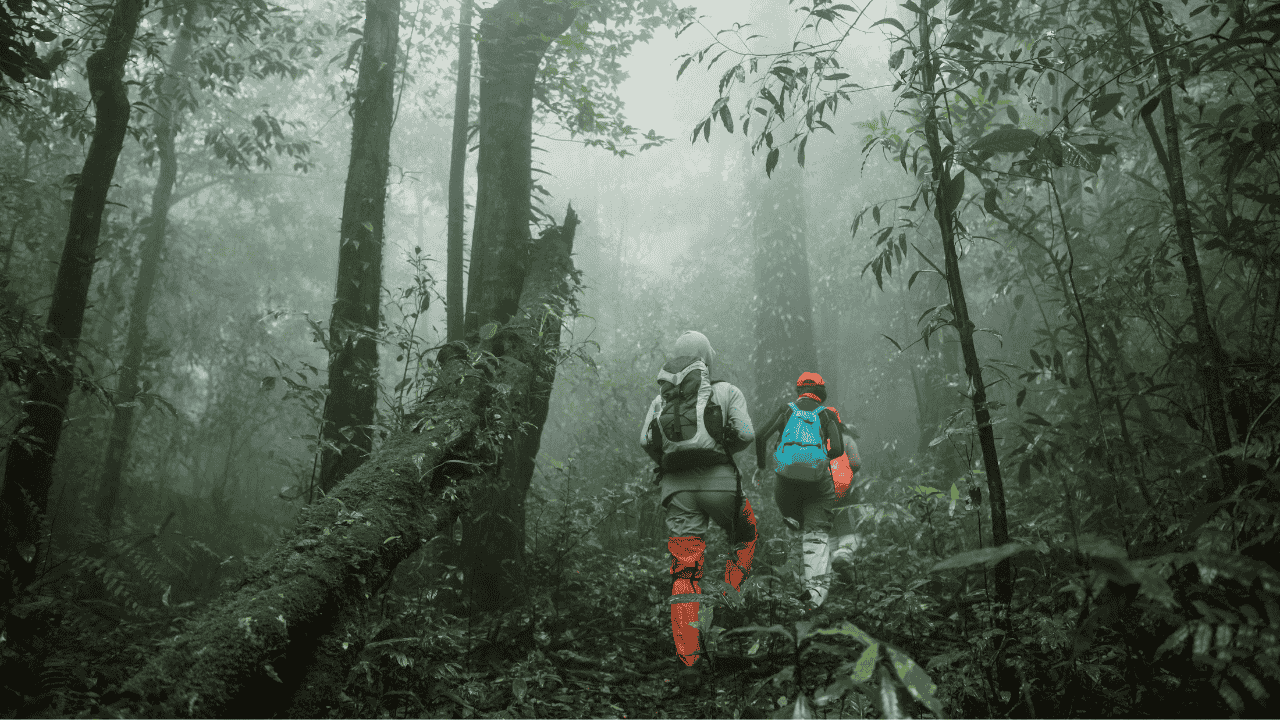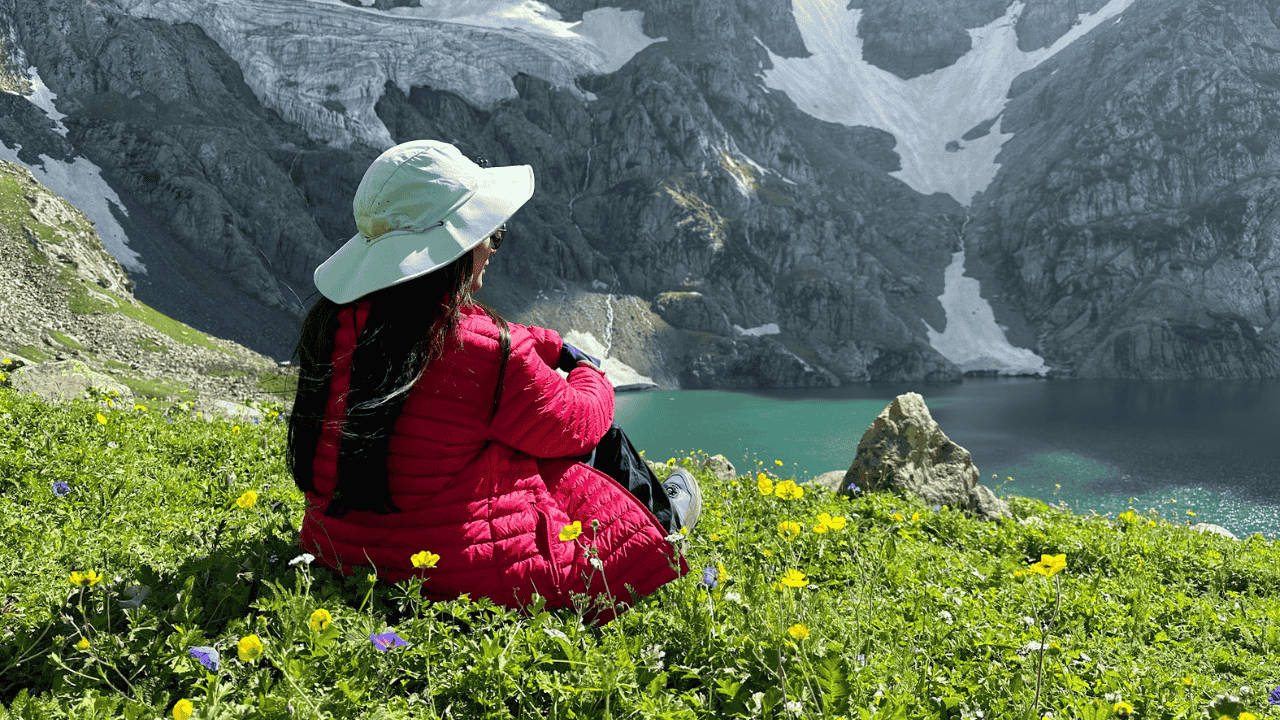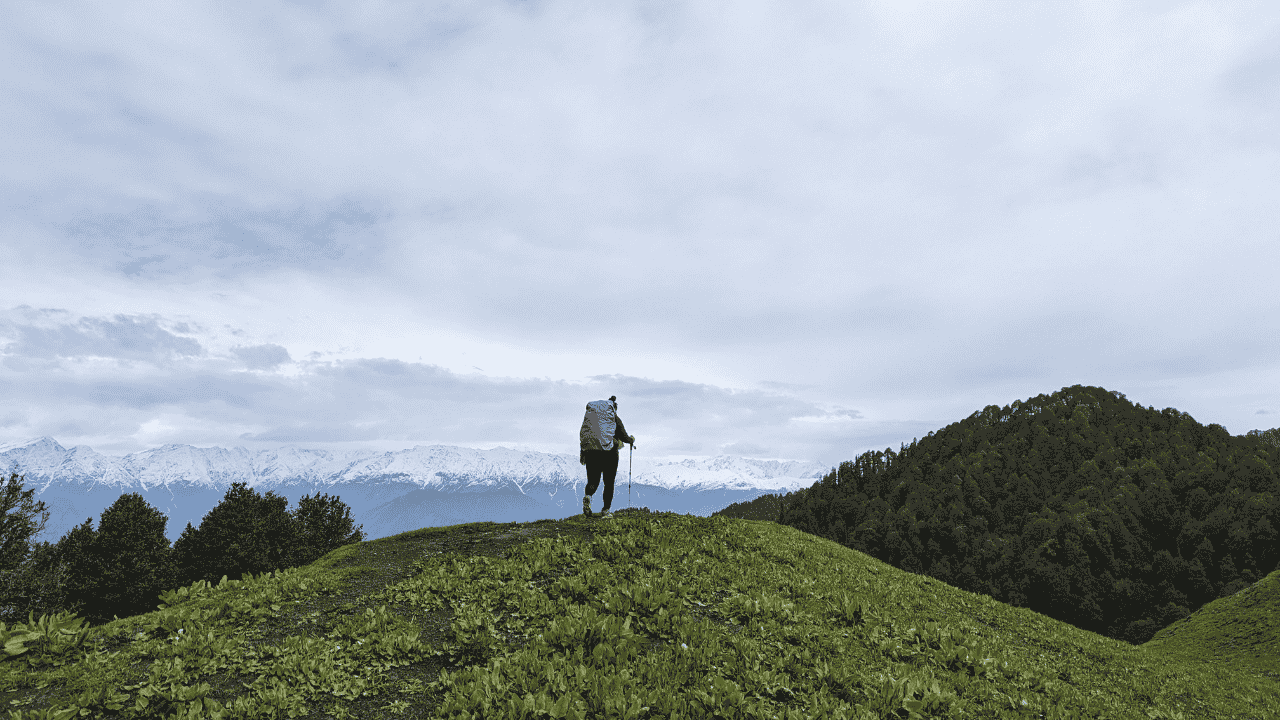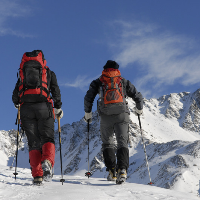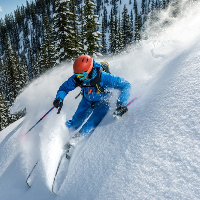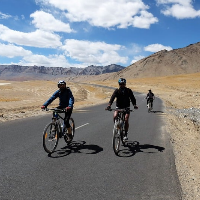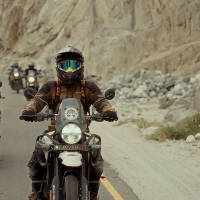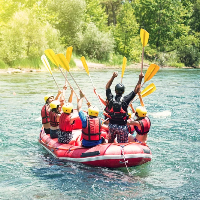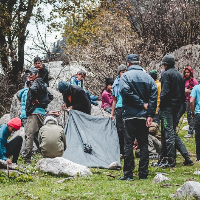Itinerary Description
The Chadar Trek in Ladakh is probably your dream trek if you enjoy the sound of the words "extreme," "harsh," "ice," "cold," and "unpredictable" before the word "adventure." These characteristics are precisely what make this wonder of a trek an experience unmatched in the vast landscape of the Himalayas. The name Chadar, which means "blanket," perfectly describes this trek, which is actually a walk on a thick sheet of ice that has formed over the enticingly blue Zanskar River. The ice is as white as milk in some places and translucent in others, giving the impression that you are walking on the water. Yes, it is as enchanted as it seems, and no, it is not simple. Although there is not much elevation gain, 9 days will seem insufficient to learn how to walk on ice and to acclimate to the extremely low temperatures that can dip to -30 degrees and make you feel as though your fingers could fall off. But it is a walk that is worthwhile for these same reasons! Being in Chadar is like being teleported to a new country experienced only by a few; it is a geographic wonder through and through. The ice and snow are continually shifting shape and form, one more unstable than the other, with no feeling of consistency in the scene. And it\'s pretty sobering to realise that the largest adventure of your life may only be a routine for a few communities in the area, who carry through this activity every single day in order to carry out their daily lives. As you encounter residents on your journey, you get to experience the country through their eyes. The trip offers insight into a completely different way of life in addition to the scenic splendour of the surroundings. It offers a glimpse of the vibrant yet challenging existence that people lead in the Zanskar Valley. Bring yourself to this chilly refuge with a frozen river underneath and magnificent scenery all around if you\'re prepared to study a Himalayan culture, take in the city\'s vibrant colours, be enveloped by the icy air, and are up for any obstacle that could come your way. The Nerak waterfall, a huge cascade frozen in time, might easily be the trek\'s high point if each day didn\'t deliver something new. Every person who completes the walk has a unique tale to share because of how rapidly events may change in this area of Ladakh, which is what makes it so spectacular. It?s best to go in January month for Chadar Trek.
Brief Itinerary
Detailed Itinerary
Day 1
Day 1 Arrive in Leh (3,500 M)Day 2
Day 2 Rest and Acclimatization in Leh (3,500M)Day 3
Day 3 Rest and Acclimatization in Leh (3,500M)Day 4
Day 4 Leh (3,500M) to Shingra Koma via Bakula (3,215M)Day 5
Day 5 Shingra Koma to Tibb (3,280M)Day 6
Day 6 Tibb (3,280M) to Nerak (3,400M)Day 7
Day 7 Nerak (3,400M) to Tibb (3,280M)Day 8
Day 8 Tibb (3,280M) to Bakula (3,215M) and drive to Leh (3,500M)Day 9
Day 9 Departure from LehWHAT'S INCLUDED
- ●Meals during the trek (Starting Lunch on Day 4 till lunch on day 8 )
- ●Forest Permits/Camping Charges, if any (Up to the amount charged for Indian nationals)
- ●Day 1,2,3 and day 8 nights guest house stay in Leh on twin sharing basis
- ●Tents on twin sharing basis, Sleeping bags, mats
- ●Safety Equipment includes static rescue rope, seat harness, carabiners, pulleys
- ●Services of an experienced Trek guide, cook, helpers.
- ●Porters or mules for carrying common supplies
- ●Mountaineering course certified Trek Leader with First Aid certification
WHAT'S NOT INCLUDED
- ●Meals during hotel stay in Leh
- ●Any expenses incurred on medical examination in Leh
- ●Gum Boots will not be provided by us. Please carry your own Gum Boots or buy the same in Leh.
- ●Inner Line Permit Fee
- ●Any kind of personal expenses
- ●Any kind of Outdoor Insurance
- ●Portage of personal luggage
- ●Anything not specifically mentioned under the head price Includes
- ●Altoa & Environmental / Wildlife Permit Fee. Approx Charge 6k to 8k to be paid on the spot to the authorities
Are you eligible for this adventure?
Annapurna Base Camp Trek takes you to a height of 4,130M and is rated a moderate level trek for its long trekking distances. For its elevation and distances, it is recommended for trekkers with some prior experience in the high-altitudes.
Grade
Difficult
Max Altitude
3399 mts
Distance
62 km

WIMRS Level Required

Terrain
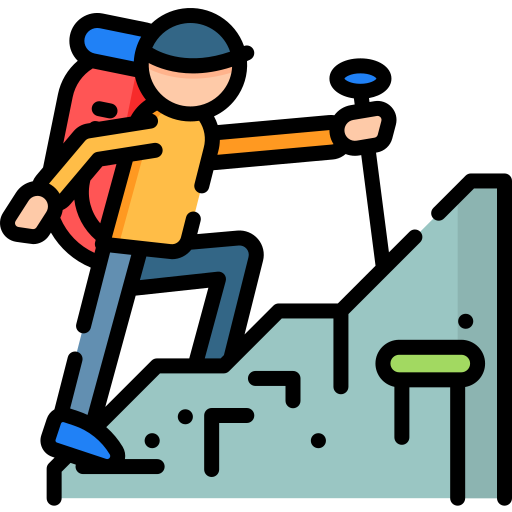
Prerequisite Skills

Fitness Benchmark
WIMRS Level Required
WIMRS 5
Annapurna Base Camp Trek is a level 4 adventure on the Bikat Rating Scale.
This makes it mandatory for you to have high-altitude experience of preferably multiple treks marked at level 3 on the WIMRS. The altitude, the terrain, and the nature of the climb demand a certain level of endurance and a need for you to be aware of how your body reacts to the various features of the high-altitude environment.
If you do not know what level of WIMRS trek would suit you best, worry not! Fill out this Form:
We will send you a progression chart to help you comfortably get out of your comfort zone in order to level up and ultimately reach your highest potential in the big, bad world of outdoor adventure.
Packing List
This is a list of essential items for individuals doing the trek with Bikat Adventures. This list contains only those items which the participants are required to bring with them. The list excludes those items which are provided by Bikat Adventures on the trek. We have divided the items into five categories. All the items in the list are essential except for those marked as optional.
🟩 Trekking Gear
- Ruck sack bag with rain cover. Qty -1
- . Day Pack Bag - Recommended for treks with summit day
- Head Torch with spare Batteries. Qty -1
- U V protection sunglasses. Qty -1*
- Water Bottles: 2 bottles of 1 liter each*
🟩 Footwear
- Non-skid, deep treaded, high-ankle with water resistant trekking shoes Qty -1
- Pair of light weight Crocks/Sandals Qty -1
🟩 Clothing
- Quick Dry Warm lower or Track Pants. Qty – 2*
- Full sleeves T-shirts/ Sweatshirts. 1 for every 2 days of trekking
- Pair of thick woolen socks. 1 pair for every two days of trekking
- Thermal Body warmer Upper & Lower. Qty-1
- Undergarments. Qty - 1 for every day of trekking
- Warm jacket closed at wrist & neck .Qty-1
- Full sleeves sweater. Qty -1
- Rain wear (Poncho/ Jacket & Pants) . Qty-1
- Pair of waterproof, warm gloves. Qty-1
- Woolen cap. Qty-1
- Sun shielding Hat. Qty -1
🟩 Toiletries
- Personal toiletries kit (Small Towel, Toilet paper, paper soap, Bar soap, toothbrush, toothpaste, cold cream, etc.)
- Sun screen lotion small pack. Qty -1 (Minimum SPF 30)
- Lip Balm small pack. Qty-1
🟩 Miscellaneous
- Camera (Optional)
- Carry your medicines in plenty in case you have any specific ailment. Consult your doctor before joining the trek.
- Dry fruits, Nuts, Chocolate bars (Optional)
Here are a couple of tutorials on What & How to pack your rucksack for your upcoming trek from our experts:
Note-
- *For long trek please carry one spare sunglass
- *In winter trek please try to carry one hot water bottle
- * For long and winter trek to carry warm pent one pair
Frequently Asked Questions
Why Wanderin Man?
(SET- Safety, Expertise & Trust )
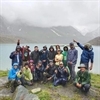
Safety
- ●Small Group Size in the ratio of 6:1 (participant to leader)
- ●No compromise on safety and sustainability promise
- ●Experienced and Certified Mountaineering Professional Leaders
- ●Region Mapped with Emergency Evacuation Plan
- ●Certified Standard Equipment by UIAA (International Climbing and Mountaineering Federation certification) & other Similar Bodies
- ●Minimized Risk Management Standard Operating Procedure are applied for every Trek and tour
- ●Certified First Aid Support and Doctors* with constant availability of Safety Equipments like Medical Kit, Rescue Kit
- ●Constant communication is aided with the help of Communication Devices
- ●Certified and registered Transporter for transportation purpose
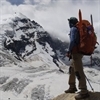
Expertise
- ●Founders of the company have extensive experience of 15 years having organized 8k+ peak expeditions.
- ●Under the umbrella of Wanderin’ Man Adventures 15+ adventure activities Programs have been organized
- ●Founders have mountaineering certifications from the esteemed mountaineering institutes of India.
- ●Team is composed of experienced mountaineers and trek leaders with thorough understanding of norms and procedures.
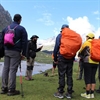
Trust
- ●Trust has been the hallmark of our company since its inception be it any program on the list.
- ●Special emphasis is laid on the use of standard procedures and equipments as per the mountaineering norms
- ●95% of our clients have availed our service on repeat basis.
- ●Our business has expanded primarily based on the “word of mouth” from our existing clients to new ones
What Our Customers Say
Cancellation Policy
Cash Refund (All events including Friendship Peak Expedition except other Mountaineering Expeditions) - Cash refunds are only available for bookings made without any discounts, such as promotional codes or dynamic discounts. Additionally, cash refunds are not available for shifted batch bookings or if the booking status is "Booked". The amount of the refund will be determined based on the following guidelines:
Cancellations made up to 45 days before the departure date
Cancellations made up to 31 days before the departure date
Cancellations made between 30 and 21 days before the departure date
Cancellations made between 20 and 11 days before the departure date
Cancellations made less than 11 days before the departure date are not eligible for a cash refund.
Similar Adventures
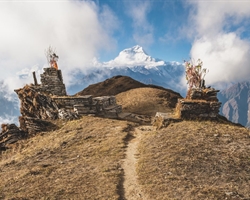
Khopra Ridge Trek
Less popular, less crowded, more beautiful alternative to ABC
- Nepal
- 10 Days
- BRS 4
- 4767 m

Tarsar Marsar Trek
A Shorter and Easier Alternative to the Kashmir Great Lakes Trek
- Kashmir
- 7 Days
- BRS 4
- 4024 m

Hampta Pass Trek
An Enchanting Cross-Over from Manali to Spiti
- Himachal
- 5 Days
- BRS 4
- 4200 m
 Max Participants :
15
Max Participants :
15
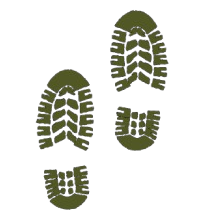 Trail Type :
Trail Type :

